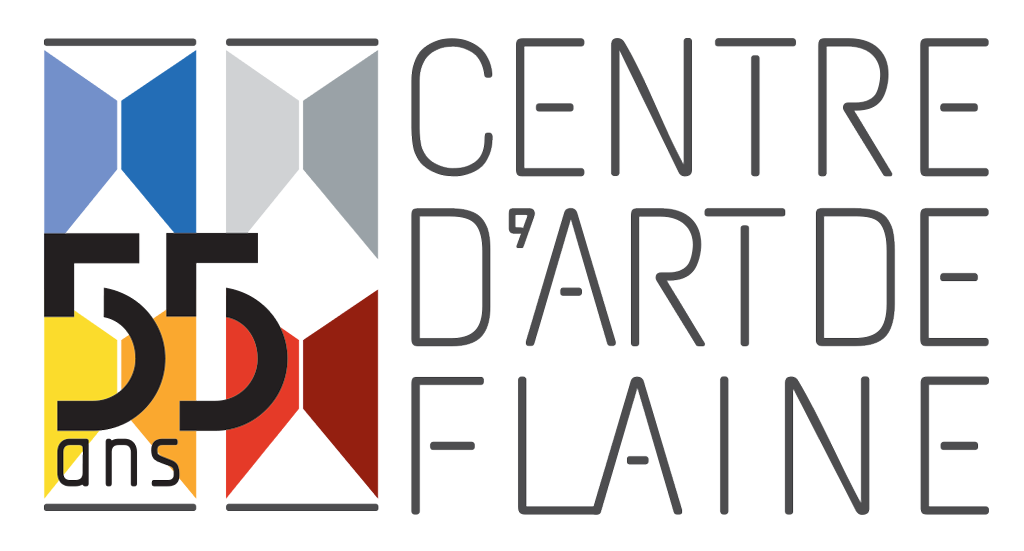SFUMATO VERTIGO Johan PARENT
01 | 01 | 16
Sfumato / Vertigo - from white to nothingness.
Johan Parent
White smoke and black curtains, from snow to nothingness, between sfumato and vertigo… an autonomous space has been created.
There are two processes at work here but they both produce the same effect - the loss of one’s visual references. On the one hand we have sfumato, an artistic technique developed by Leonardo da Vinci in order to produce an atmospheric effect. This effect gives perspective by the progressive elimination of the elements in a chromatic haze, leaving the observer with an ill-defined concept of spatial dimensions. On the other hand we have vertigo, a syndrome which describes the apprehension that is felt by someone who can no longer define the space surrounding them.
Now this brief introduction is over, we can step inside. Almost straight away we find ourselves standing in front of a white wall on which two black and white drawings are hanging. Long corridors suggesting imposing bureaucracy have been put into movement by a checkers board which takes up most of the view in front of us. This checkers board projects us into an ever-changing space on which we are standing. The desired effect is unavoidable. The feeling is of a void but a very turbulent void. On the other side of this same wall are two other drawings. The floor across which we move is increasingly distorted by the transformation of part of the tiling from white to black.
To our right is a dark wall on which are hung eight picture frames filled with ‘grey matter’. A diagram provides some clues as to what the explanation behind them might be. The eight images have been created by fusion, or is it the other way round? The time-line provides us with more information – each image is an ‘independent unit’, each created one after another from the same fusion. Look once again at the images, and more precisely at what they are composed of. The paper is a reference to the library which is also housed in the Flaine Art Center. This place actually provides the raw material for the exhibits that are presented here.
We can’t help but notice something to our left. Several plants have been placed in this area in a somewhat incongruous way. Even more alarming are the series of black chairs which seem to have escaped from a small room at the far end of exhibition. A buzzing noise can be heard coming from this room. As we get closer we realize that this disturbing monotone is being emitted by a radio. On the wall is what looks to be a clock, given its position and its round shape. However this ‘clock’ cannot fulfil its function because the hands have been replaced by an opaque, white disk which displays the changes in the weather outside. Just like in a waiting room, time no longer exists; it has disappeared in a puff of smoke, or rather, given the location, in a winter snow-storm!
Nevertheless, in a way, things become clearer as we wander through the exhibition. Our presence is put into movement by the exhibits which welcome us in. But is this really welcoming? Motorized convex mirrors seem to follow our movements and their reflections continually remind us of our presence, the neon lights which illuminate the pictures are no longer connected to the electric grid, and when we push aside a black curtain to enter the last exhibit we come face to face with Fog, a video of a place which is similar to the one in which we have been wandering for the last few minutes. The only difference is our absence and this white smoke which comes out from behind the black curtain to progressively fill a space which has been freed of our necessary presence.
Anthony Lenoir, December 2015.
_________________________
